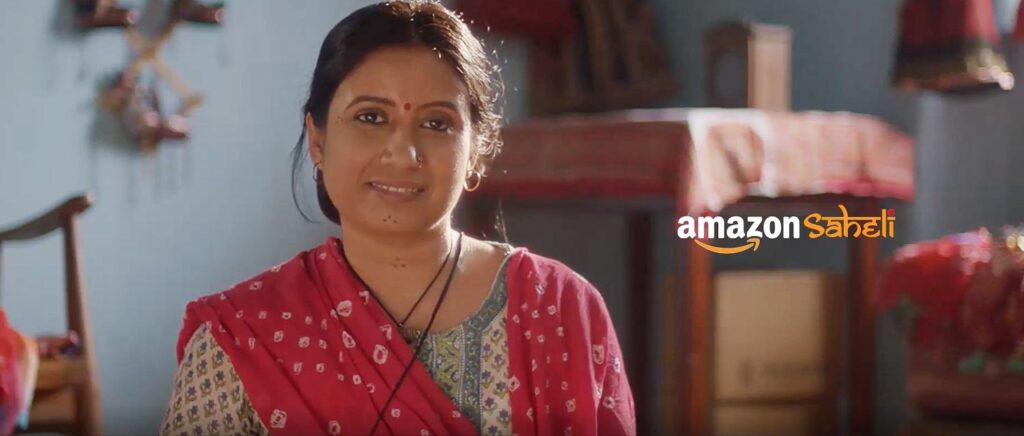Globally, a digital divide separates not only rich and poor but also men and women. Most countries have some distance to travel to open up access to digital technologies for women. Access and use of digital technologies is a powerful enabler of economic advancement for both individuals and entire economies, and it can have a positive impact on a number of aspects of gender inequality.
Access to technology can open many economic doors to women. For instance, digital businesses can enable female entrepreneurs by reducing many of the barriers they face offline. The rise of e-commerce and the online “gig economy” offers many women flexibility in terms of their working hours and place of work, helping them to balance work with their family commitments.
There is widespread evidence that digital technologies connect women with larger markets far more effectively. In Indonesia, women-owned MSMEs (Micro, Small & Medium Enterprises) generate 35% of e-commerce revenue, compared with only 15% of offline MSME revenue. Digital technology–based startups also tend to require less capital than more traditional startups, reducing entry barriers for women who, on average, have less access to capital than men.
Digital banking levels the playing field between men and women in terms of access to financial services, and it enables financial institutions to serve more customers profitably. MGI (McKinsey Global Institute) research has found that mobile payments can lower the cost of providing financial services by 80% to 90%, enabling providers to serve people with lower incomes in rural areas. Today, an estimated 57% of women are financially excluded in South Asia, 54% in China, and 49% in Southeast Asia.
Labour force participation
Digital technologies can also encourage higher labour-force participation by women, according to a report by MGI titled, ‘The Power of Parity: Advancing Women’s Equality in Asia Pacific’. They can, for instance, reduce the hours women spend on unpaid work. For example, if women have access to digital payments, they can save an enormous amount of time spent on travelling to a physical bank or ATM and waiting in queues. The adoption by many businesses of telecommuting also makes it easier for women to remain in the workforce if they so choose.
Financial inclusion
Digital inclusion is a prime access point for financial services, particularly in emerging economies where many men and women are unbanked and underserved with finance. Digital financial services could bring an additional 344 million Indians into the financial system, closing the financial inclusion gender gap by 16 percentage points according to MGI.
Healthier living
India has begun using digital technologies in healthcare, and in ways that close gender gaps. For instance, the government has launched a nationwide mobile health programme that aims to train one million community health workers who will reach 10 million pregnant women and new mothers. By the end of 2016, 150,000 healthcare providers in four states had received training.
Feelings of safety
In one survey, more than 68% of respondents said that they felt safer with a mobile phone. In addition to enabling women to call for help from the police or from a women’s helpline in several states, mobile phones can be used as “personal guardians”. They can, for instance, use the Fightback and Safetipin apps to track their movements, send SMS alerts if they run into danger, and check the safety of areas. In a multicountry survey, more than 58% of female internet users said that they felt more autonomous and independent while using a mobile phone.
Access to markets
Digital platforms can eat up distance, connecting women in remote areas with limited mobility to markets. Amazon’s Saheli initiative and the government’s Mahila E-haat online marketplaces provide women entrepreneurs with a platform to sell their goods. The Mahila E-haat digital marketplace registered 125,000 women when it launched in March 2016.

Being heard
The internet offers the potential for women to make their voices heard. The #MeToo movement against sexual harassment that erupted on social media in late 2017 and early 2018 is just one example.
One study found that half of the women surveyed in developing countries said that the internet had made it safer for them to express their views. Yet powerful attitudes and beliefs inhibit women and girls from accessing the internet. In India, for instance, male relatives reportedly prohibit girls from using the internet.
Many digitally excluded people may need help to overcome digital literacy and numeracy issues. In the Internet Saathi initiative from Tata Trusts and Google India, women ride a bicycle carrying two smartphones and two tablets around villages to teach women how to use them. It may not always be possible for the digitally excluded to take advantage of these technologies without assistance. Therefore, there is a case for providing digital access through intermediaries.
In late 2016, the Indian government set up Common Service Centres in a public-private partnership with local entrepreneurs. Entrepreneurs run these kiosks, where people can go online, and the government allows them to be used for e-government services and applying for jobs.
If the gender gap in digital inclusion and capabilities is not closed, there is a risk that women will be left out of the wave of change rolling through societies and economies driven by the rapid penetration of these technologies.
This article first appeared in our print edition. To grab a copy, click here
Thank you for reading. Please drop a line and help us do better.
Regards,
The CSR Journal Team


